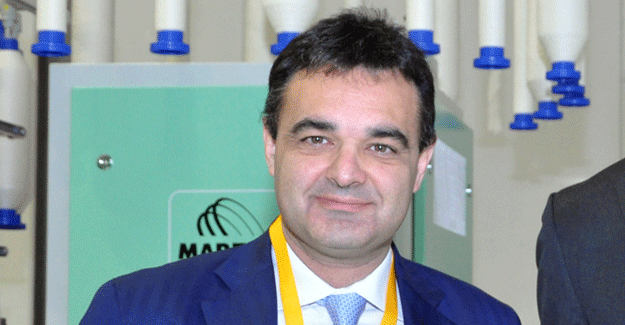Khadi Is The Future Fabric
Khadi Is The Future Fabric

Khadi has a long history in Bangladesh. Fashion Design Council Bangladesh (FDCB) recently organised an event with selected best designers from India and Bangladesh to walk towards a 'Revival of Khadi' with innovative designs. Maheen Khan, President, FDCB is a social entrepreneur, working extensively with local fabrics - khadi, cotton, silk, muslin. She has 3000 rural artisans working with her, towards her goal of placing Bangladesh's rich heritage on the global fashion map. Anurima Das, in conversation with Maheen Khan.
The recent Khadi festival was a two-day affair to revive the historic khadi. What made you plan such an event?
I have been working in the industry for the past 30 years. Since 1986, I worked for BRAC for over 12 years. From 2001, I became a social entrepreneur. My work has always been set around the development and revival of our design industry. Khadi Festival is the first small step to create a roadmap so that we can again find ways to patronise our hand spun hand woven textiles. Eighteen Bangladeshi and six Indian designers participated at the Khadi Festival. We have worked on producing fine quality Khadi weaves in Bangladesh as currently only heavy Khadi yarns in 20s and 40s counts are produced with Desi Charkha. Finer yarns of 100s and 150s counts produced with Ambar Charkha were imported from India. All the designers in Bangladesh were supplied with many different varieties of fabrics and saris woven in Bangladesh. The designers were inspired to develop collections. The results were magnificent. We are confident, if better quality Khadi is produced we will definitely create a market for Khadi.
Whenever a designer tag gets attached to a piece of garment the prices shoot up. Do you think the revival will then suit the cause of the masses or will it again be a niche achievement?
In order to give Khadi a second inning, we will have to bring awareness about the story behind the product. A mill-finished product is mass produced through a mechanised process. It can therefore cater to the masses. But Khadi is no longer a budget fabric as it is hand-processed fabric. If we value the labour then the cost must reflect the true value.
Khadi you say is the future. Slogans during the show where taken, to stop using foreign fabrics and switch to the desi Khadi. How do you plan to take this initiative forward post the event?
Yes it is the future fabric. It breathes well, it is comfortable. It can be produced in various counts and weight. It has the lowest carbon footprint. It can be completely green with vegetable dyes. There is a great deal of interest in such fabric locally and internationally. People everywhere are concerned about their choices. We will need to have a planned activation. First step is to ensure quality yarns and weaves.
Do you think initiatives like the Khadi festival can change the scene for the industry in the nearer future?
In Bangladesh this is the first time an initiative of this scale was taken to promote Khadi. It is a positive step to build awareness. It was extremely well received by the audience and media. We are very enthusiastic about the future.
Holding on to the roots and transferring back to hand-woven fabrics. How difficult or easy is it to sustain with this idea?
Bangladesh has a tradition of handwoven saris. Jamdani are hand woven loom embroidered pieces. Tangail and Pabna saris are also hand woven. We also produce beautiful hand woven checks as dress goods and lungis. But unfortunately most of these are woven with mill yarns. We can sustain this idea in the long run if it is properly manifested.



 textileexcellence
textileexcellence 







